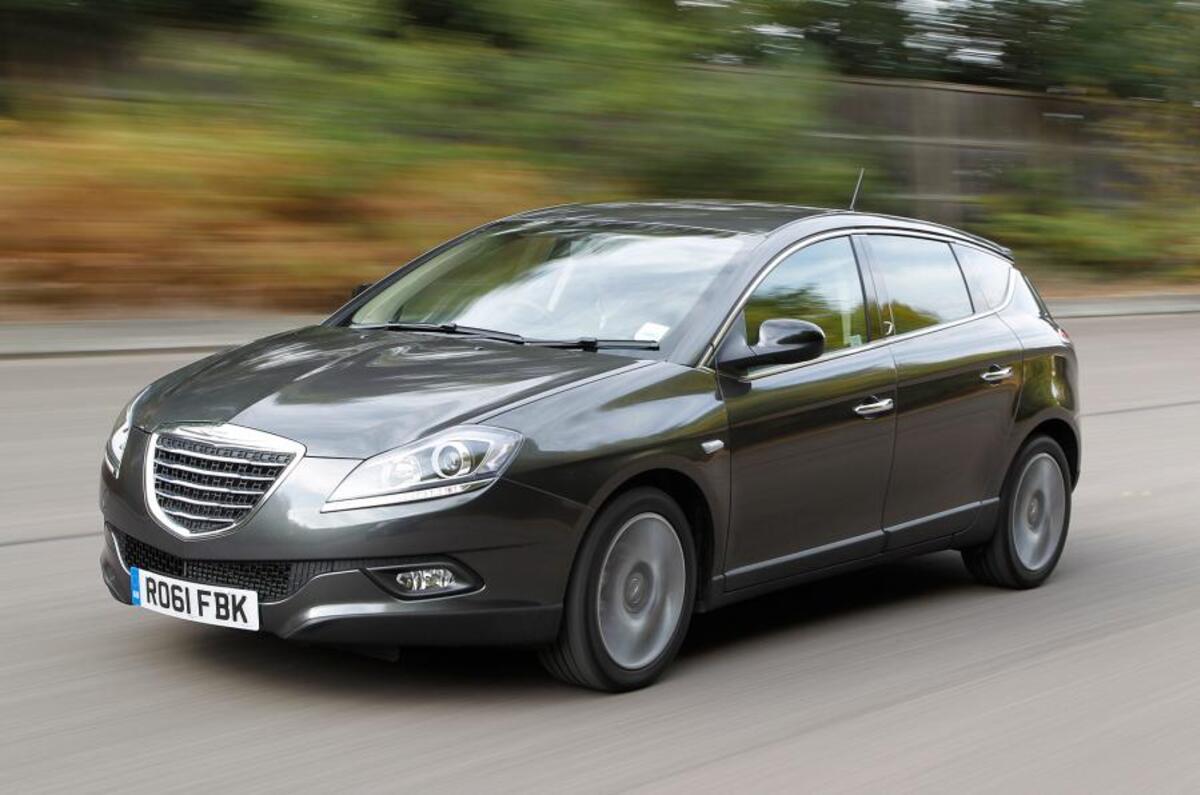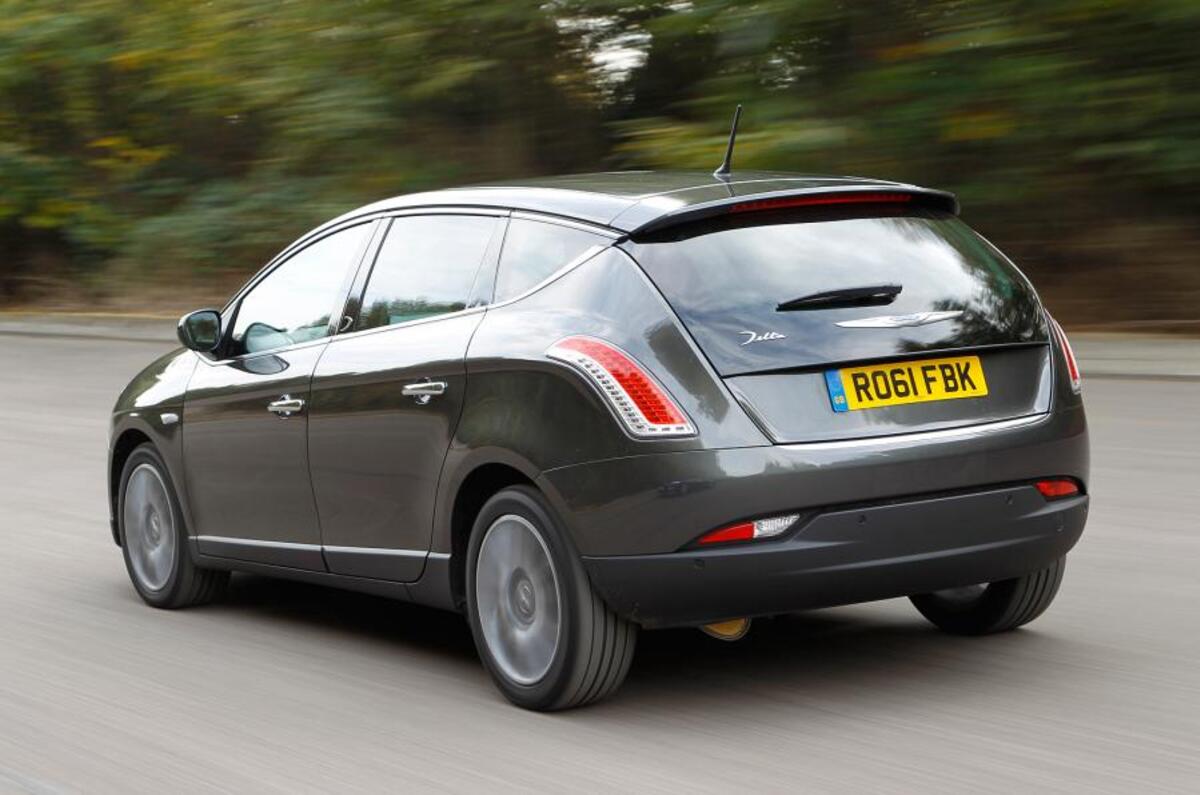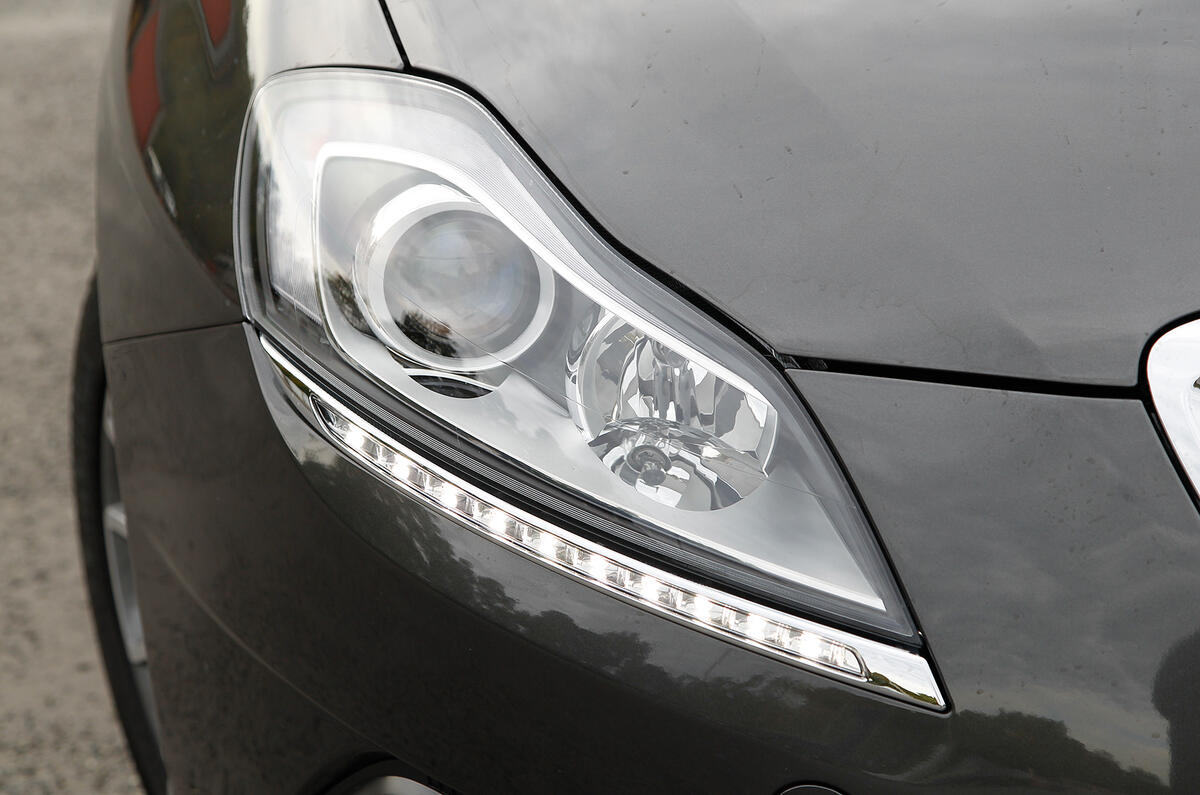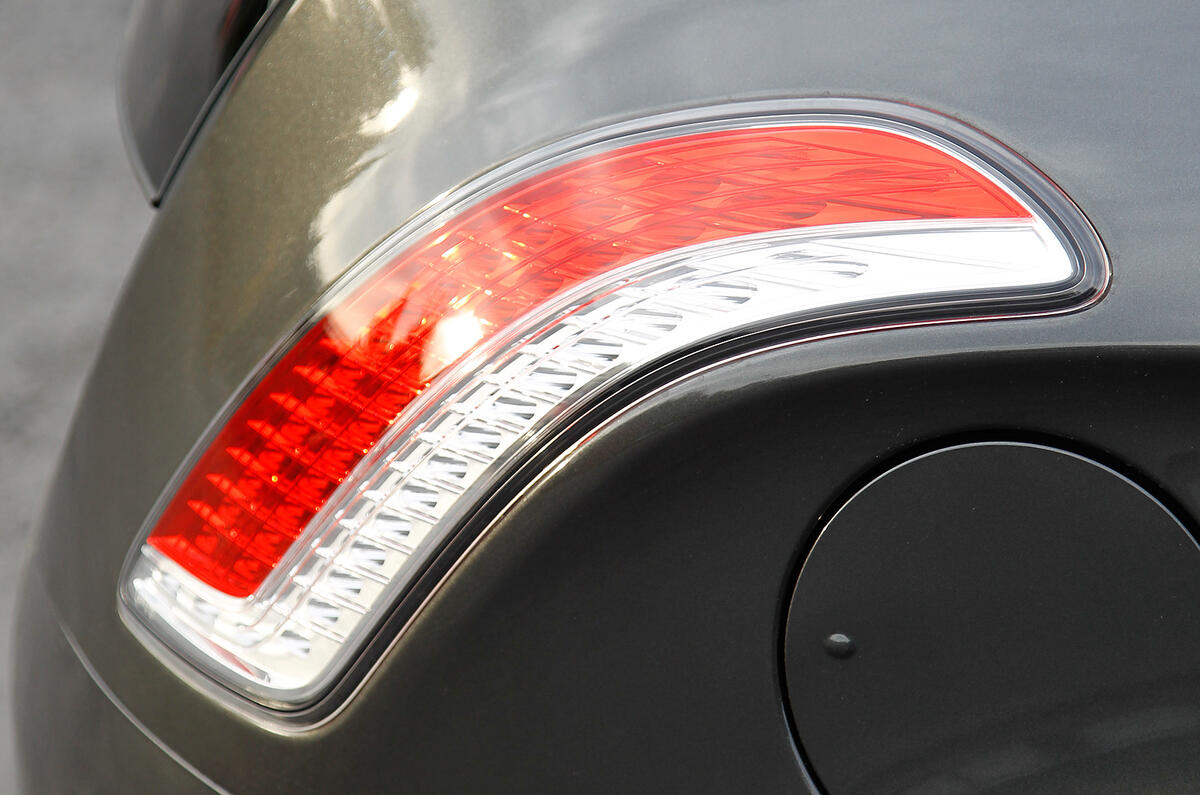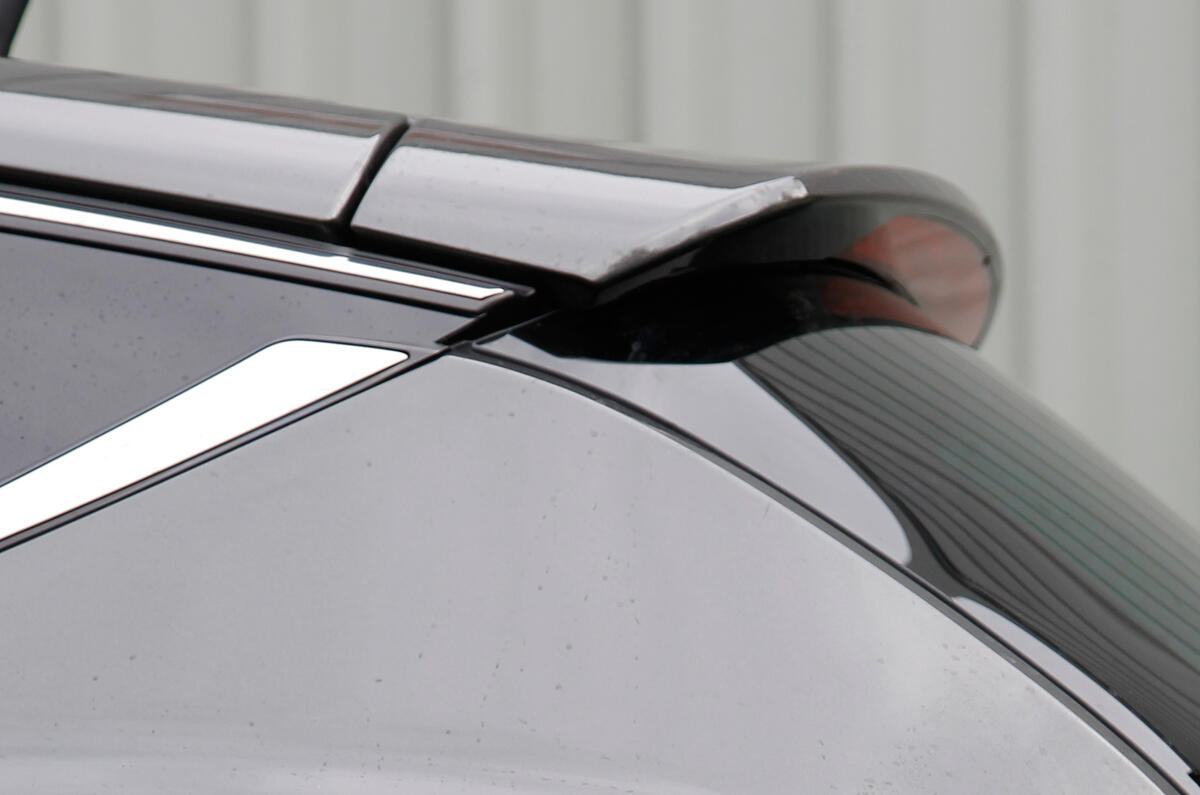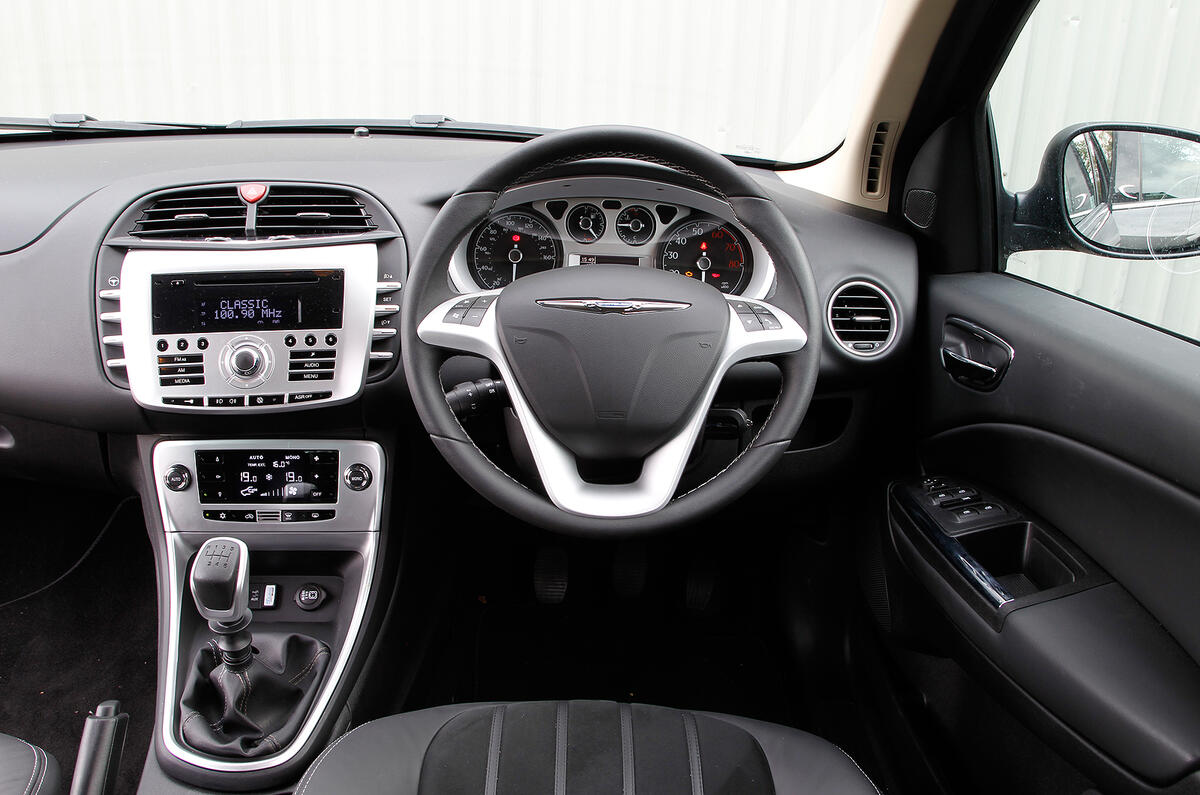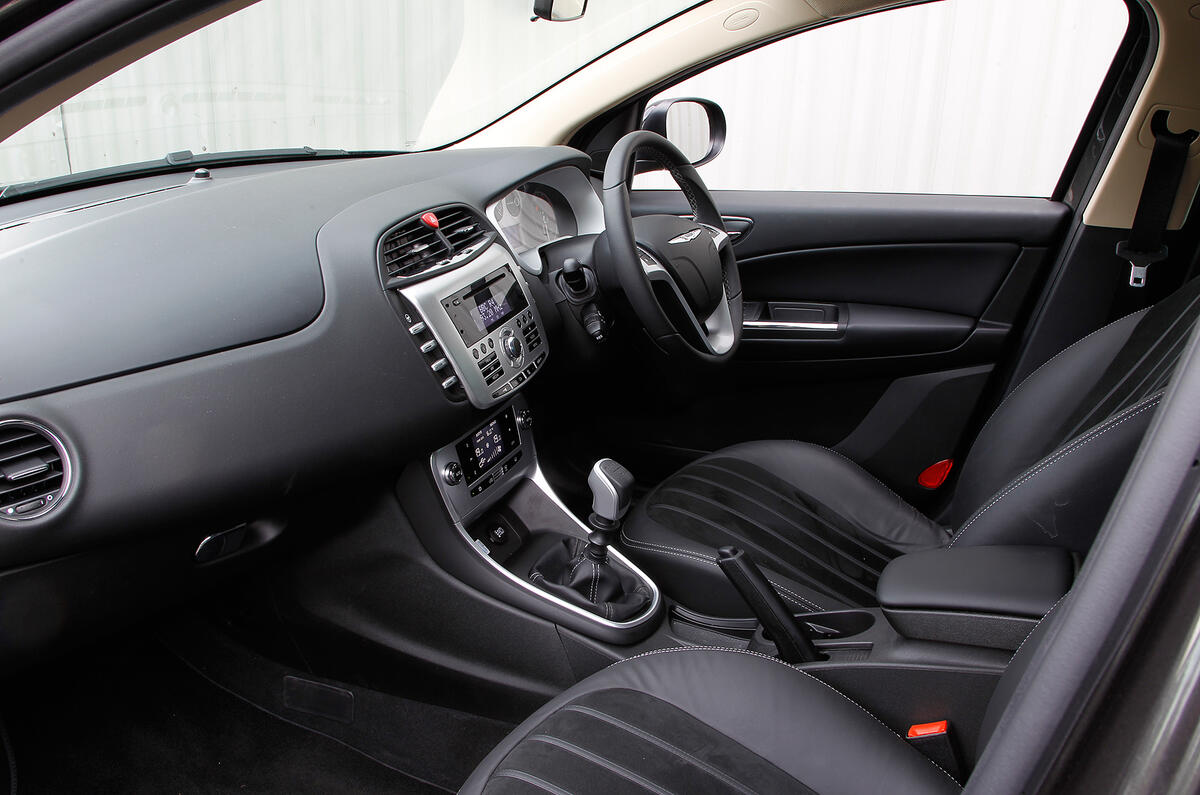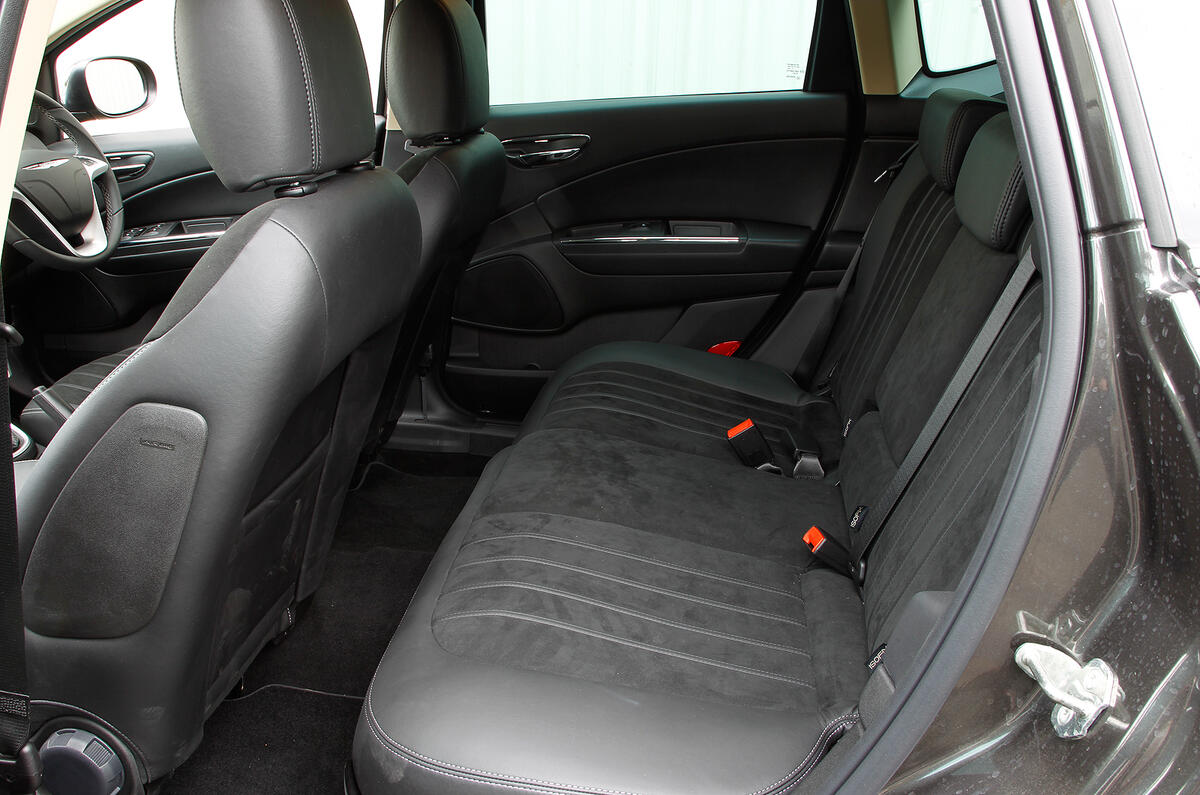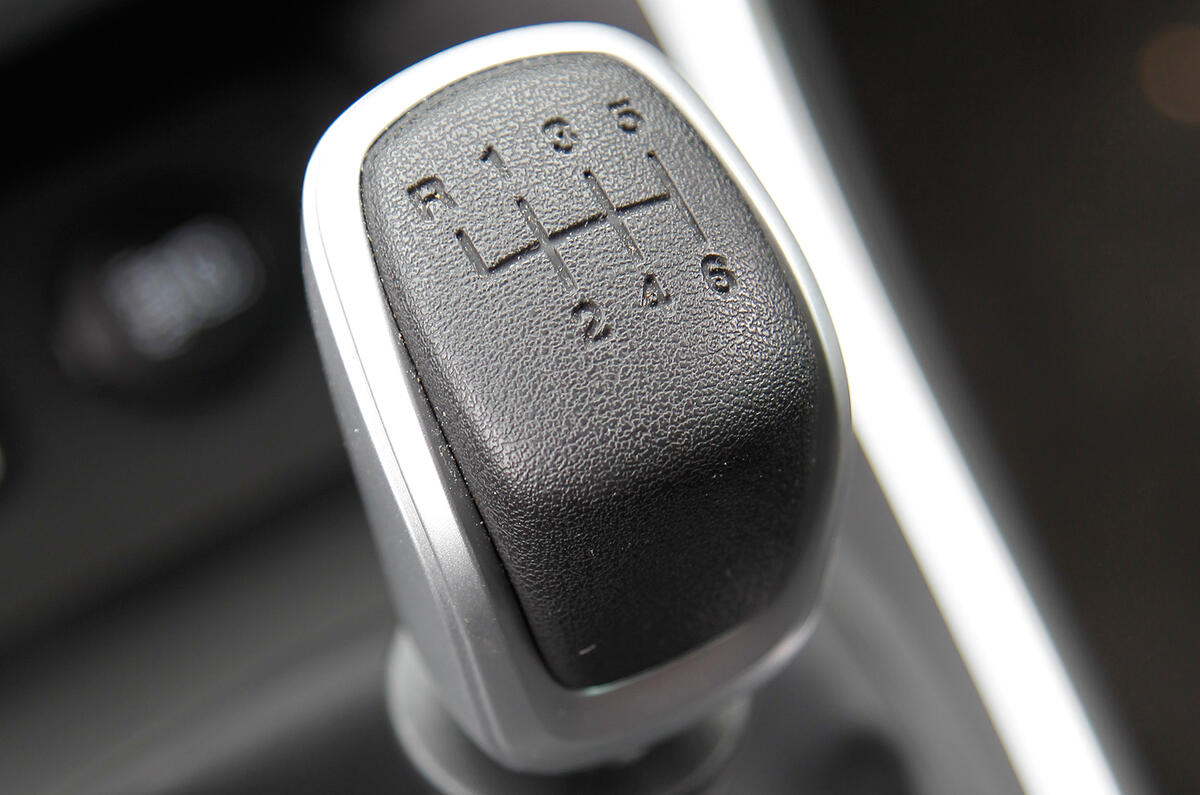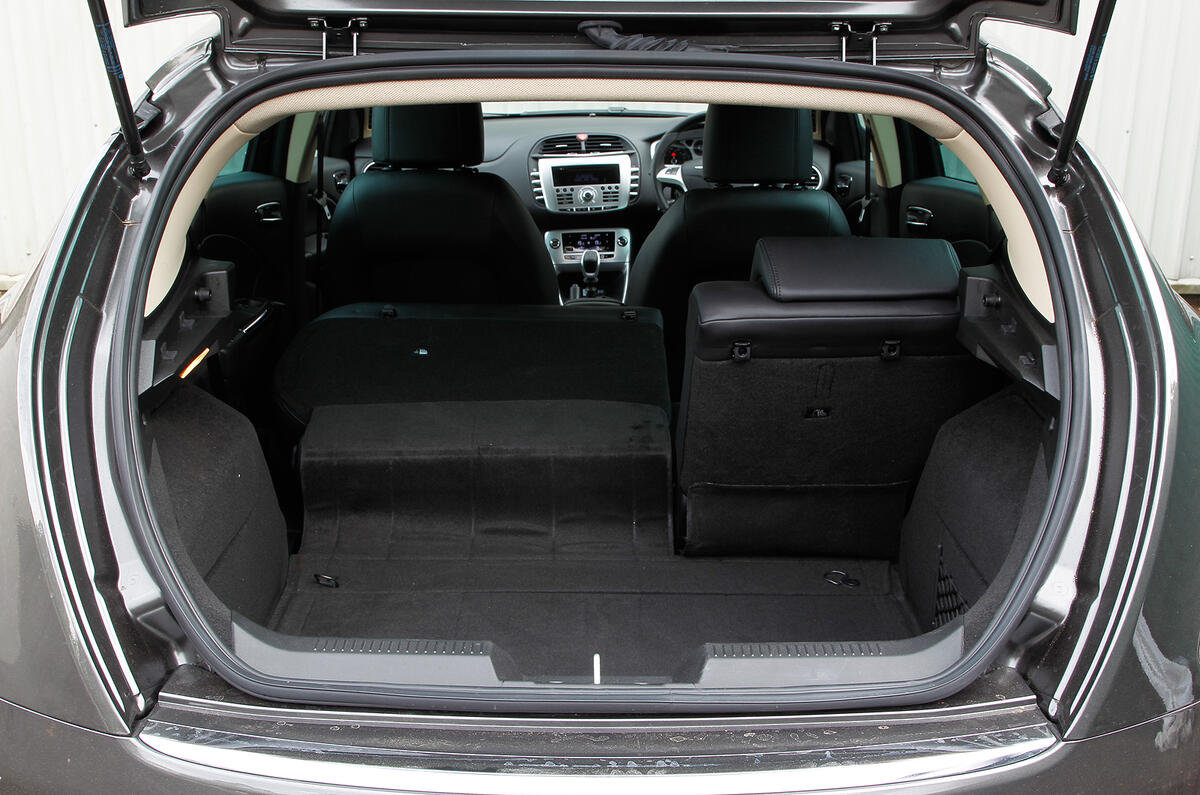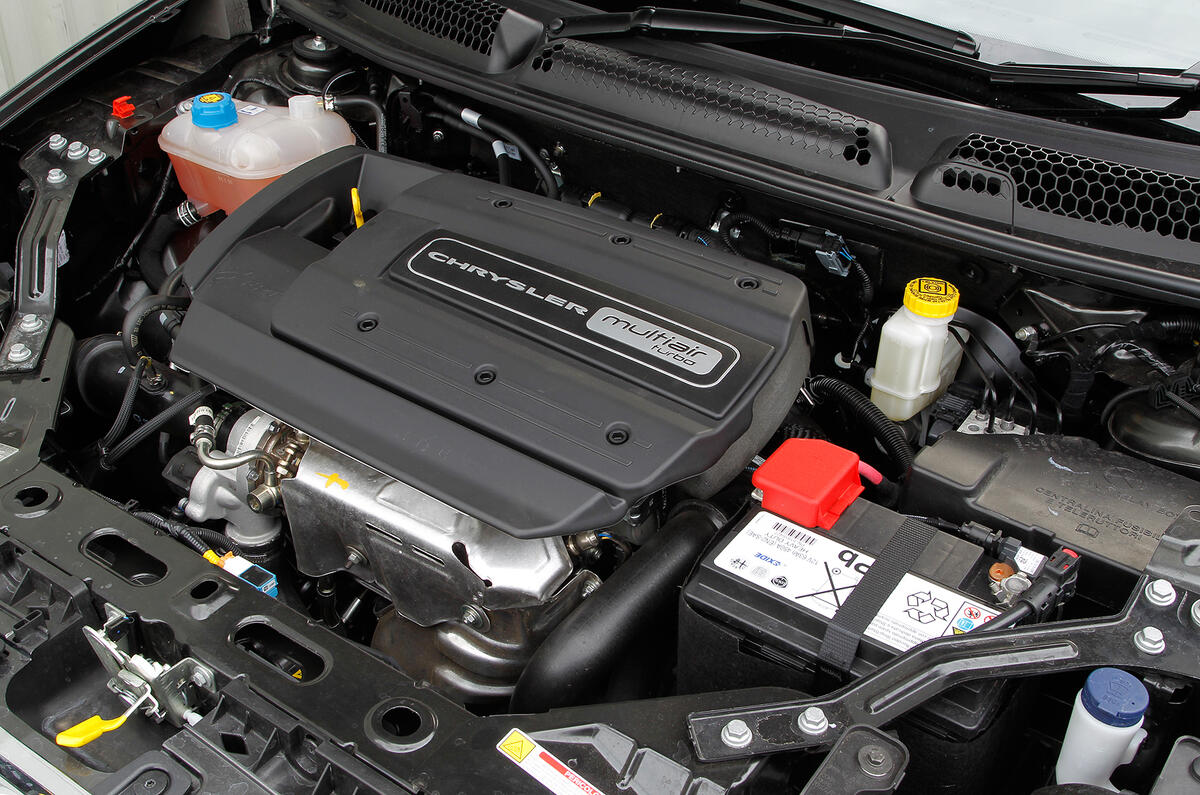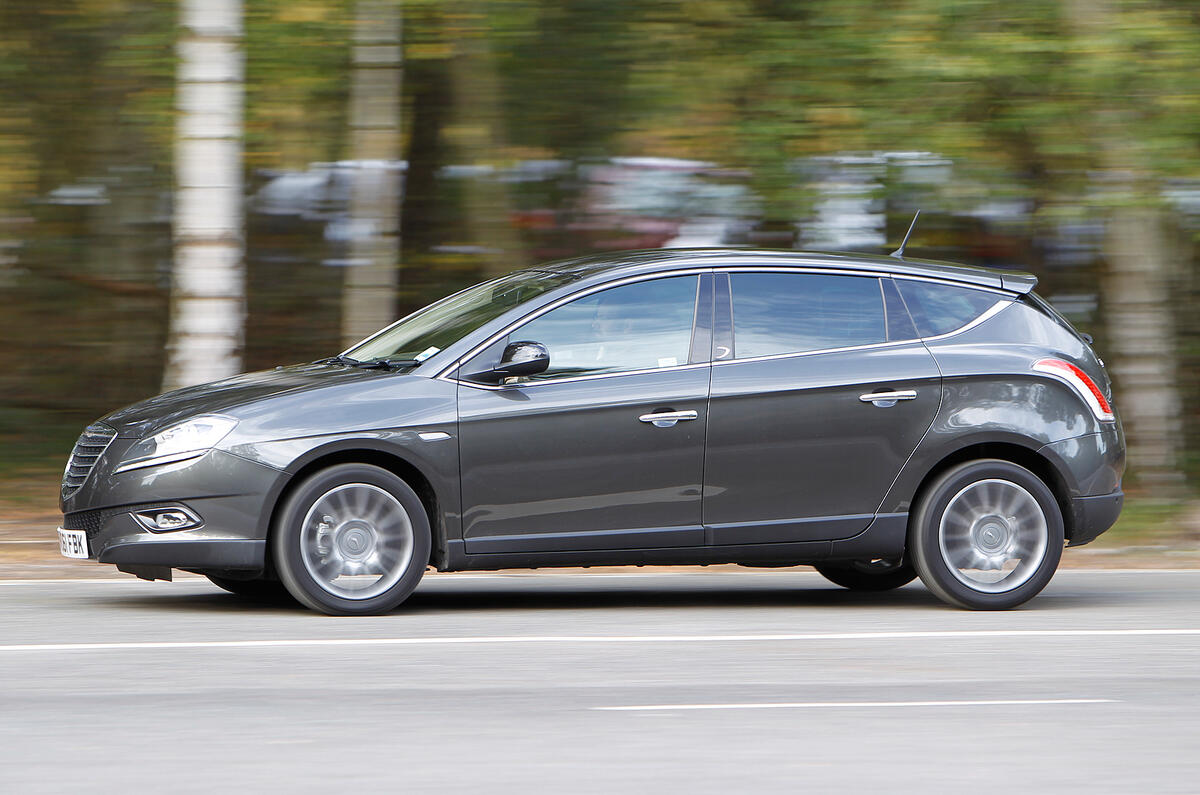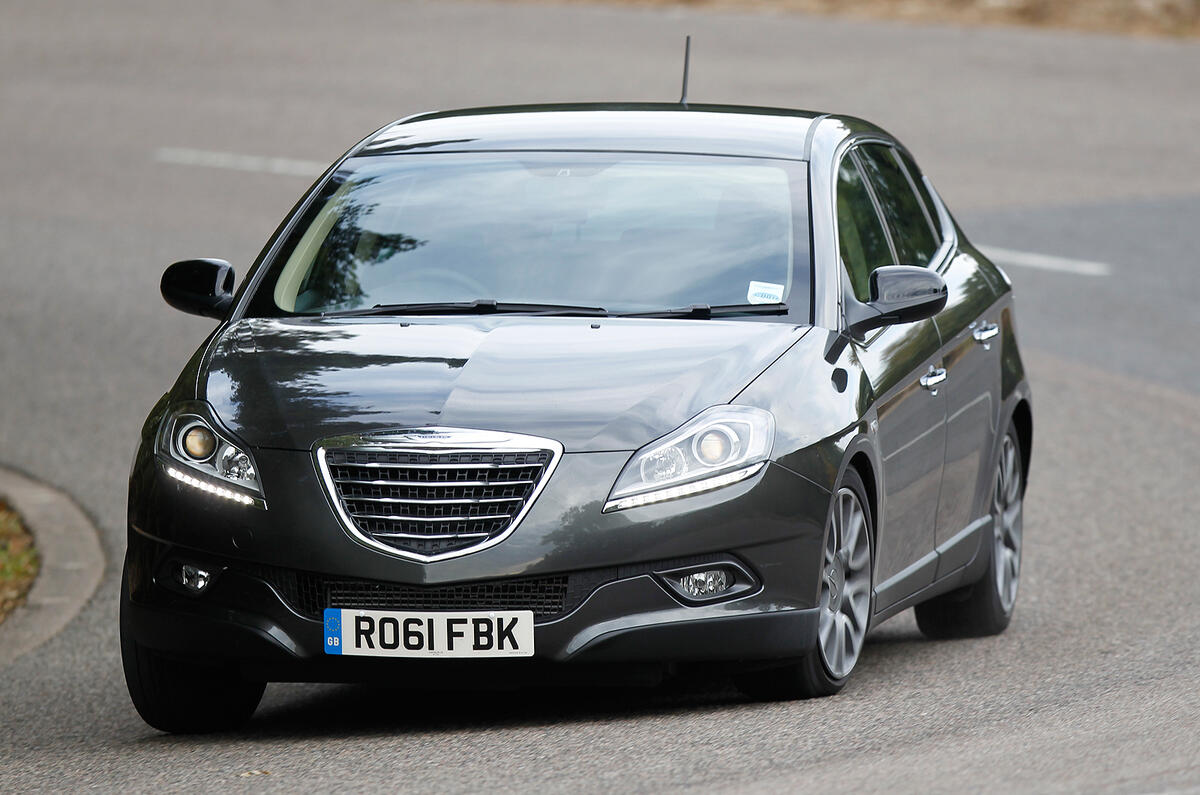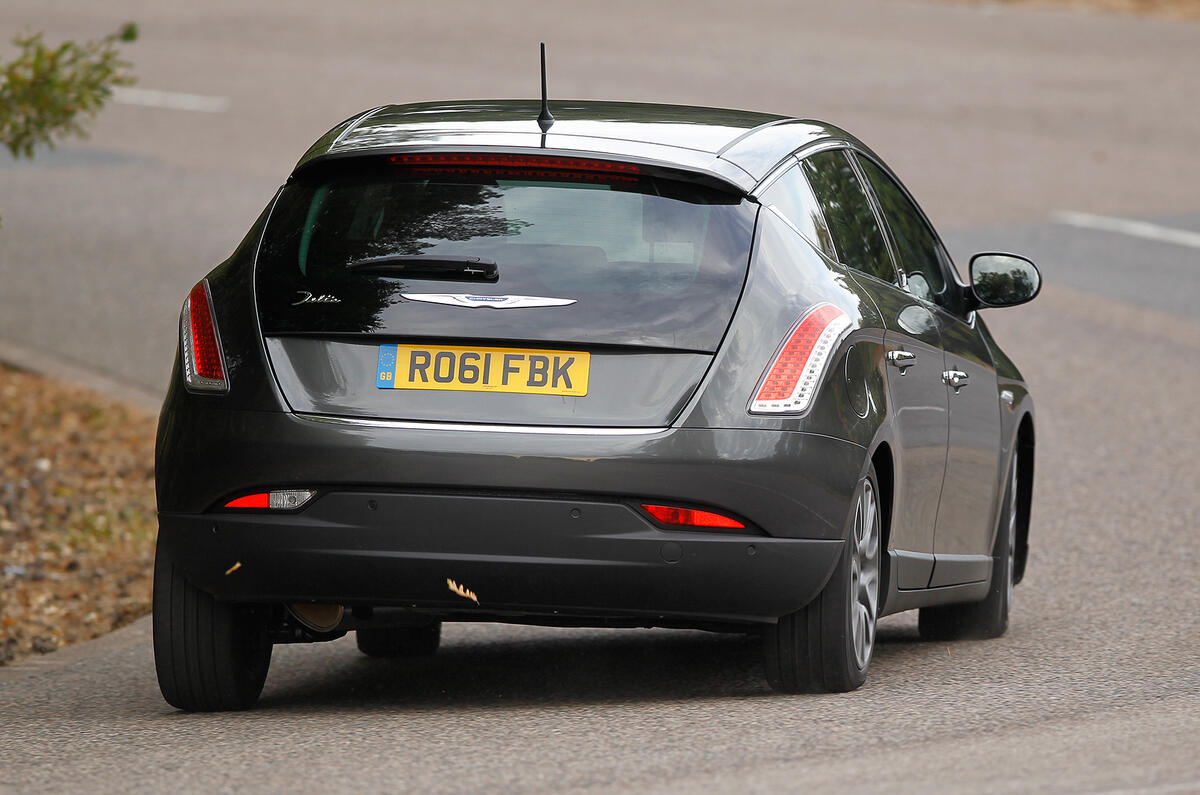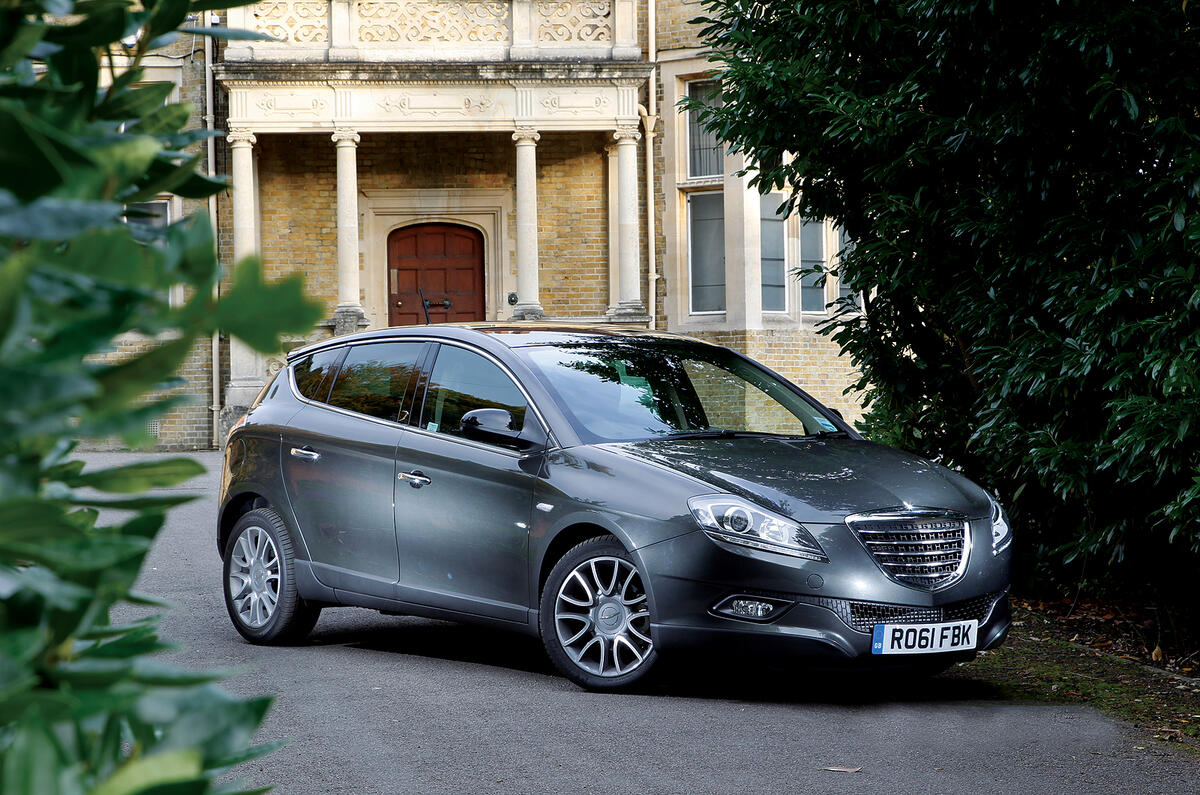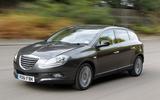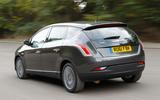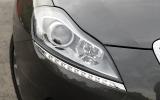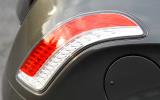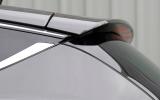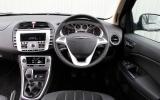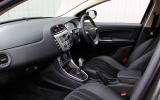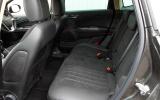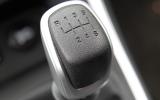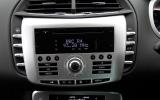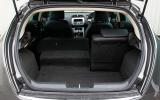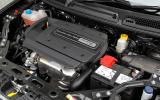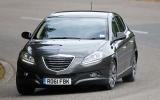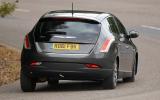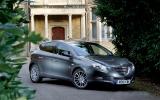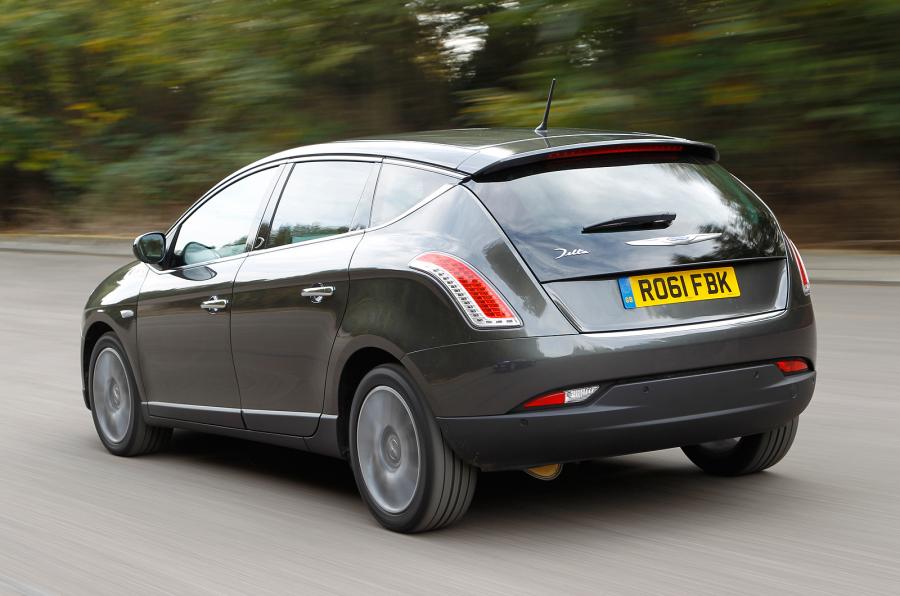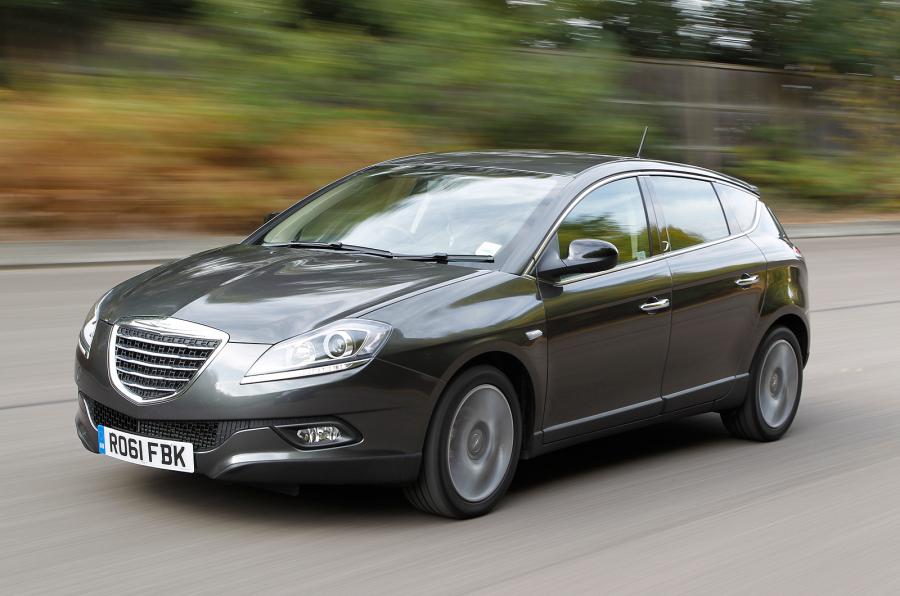There’s certainly a sheen of quality and luxury to the Delta’s cabin. If you go for a high-spec SR trim car, you’ll get leather and Alcantara upholstery, a mix of satin silver and chrome trim, and some soft black fascia plastics. A leather-clad dashboard is an option.
But that upmarket feeling doesn’t last long once you’ve slid behind the wheel, because this cockpit proves something of a Monet: pleasant from afar but up close – in places, at least – far from nice. The fit and finish of the Delta’s secondary switchgear – the audio system buttons on that silvery centre stack, for example – has improved compared with that of the original car we drove back in 2008. But what the Delta offers in terms of interior ambience and sheer material quality still isn’t rich or special enough to deserve any kind of luxury billing.
There’s simply not enough imagination, quality or style to the Delta’s fascia. Next to this sector’s classiest offerings the dashboard looks and feels flimsy, even dowdy in places. And here and there, where Chrysler has tried to design in some luxury – with the chromed interior door handles and their surrounds, for example – that upmarket impression is wafer thin and disappears the moment you feel ordinary plastic where there might have been cool, tactile steel or aluminium. You don’t have to hunt for very long to find cheap fittings, either. The scratchy monotone plastic handbrake is particularly disappointing.
The Delta is a fairly spacious car, but there are flaws in its offering here, too. Long-squabbed seats should make for good comfort, but the Delta’s are flat and unusually hard. The rear bench is split 60:40 and both sides of it slide fore and aft by up to 150mm, allowing for a maximum of 1020mm of rear legroom – 80mm more than you get in a Ford Focus estate.
But although occupants in the front row are better provided for, those in the back of the Delta get just 890mm of headroom – 70mm less than in the Ford. Which, in the case of one 6ft 3in tester, made the difference between sitting comfortably in the back and having his scalp against the headlining.
Boot space is good – the maximum loading length is almost as good as a mid-sized estate’s – but the usefulness of the cargo bay is limited by quite a narrow hatchback opening, and also by a boot floor that’s not quite flat when you load long objects over the folded backs of those sliding rear seats.



